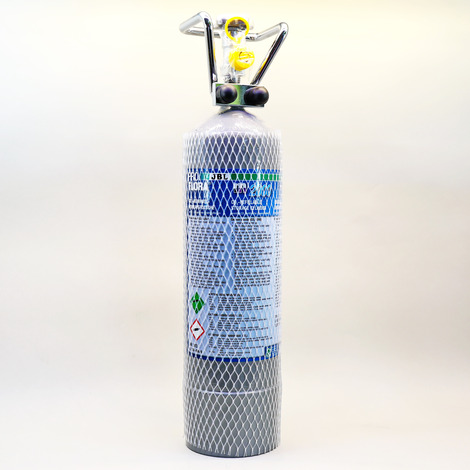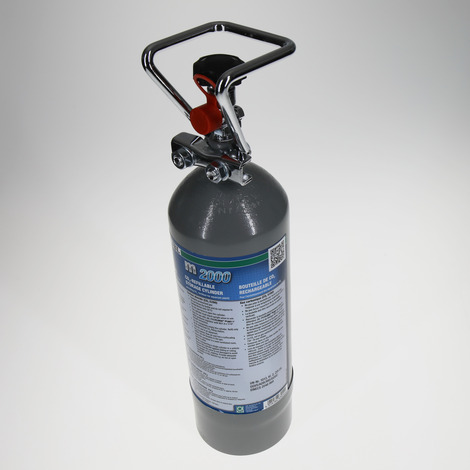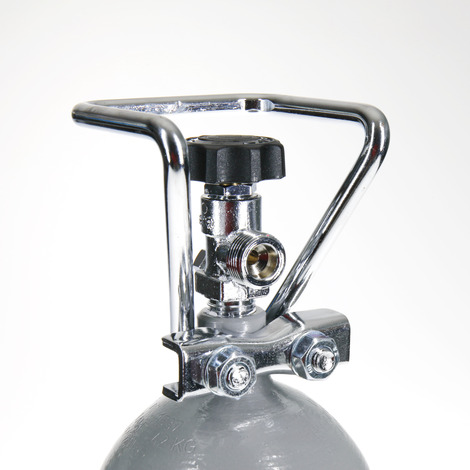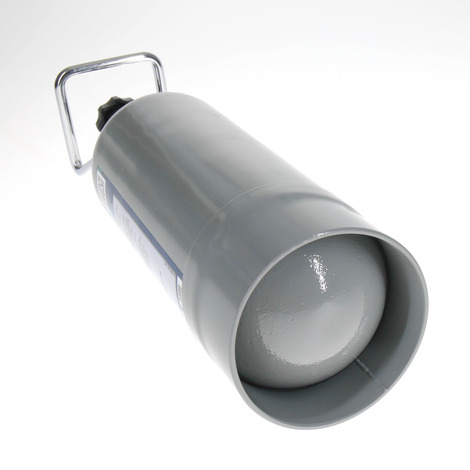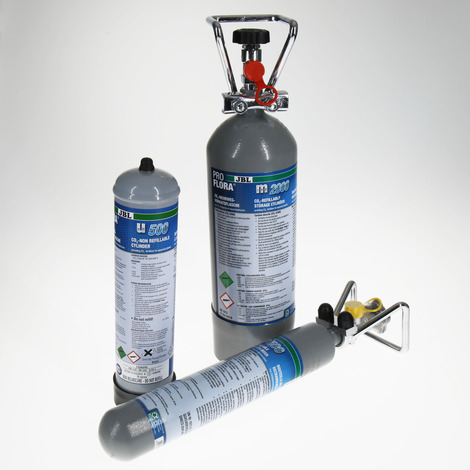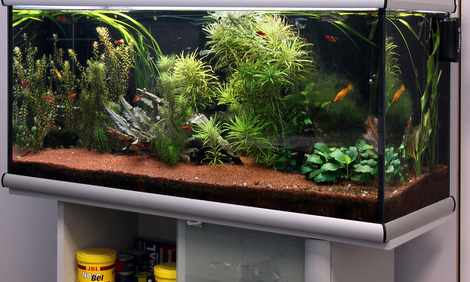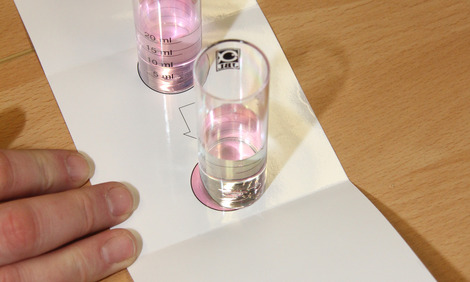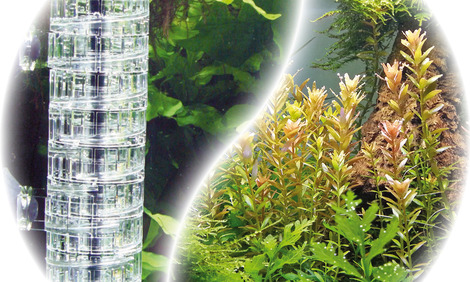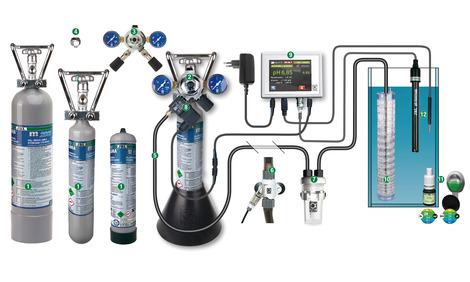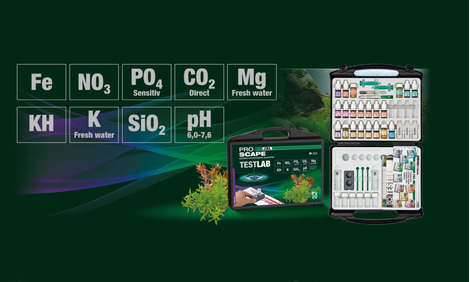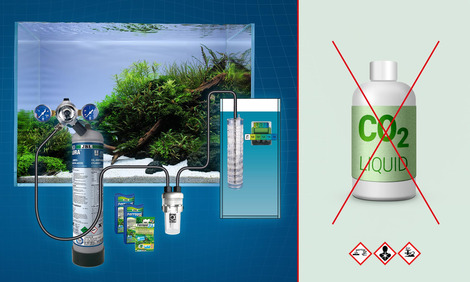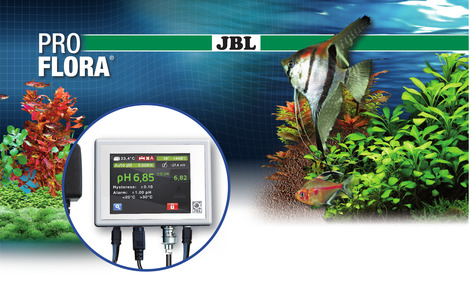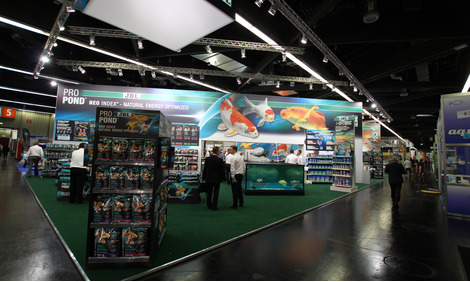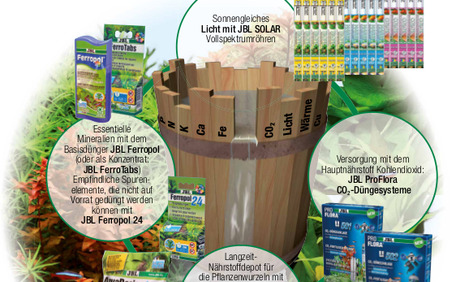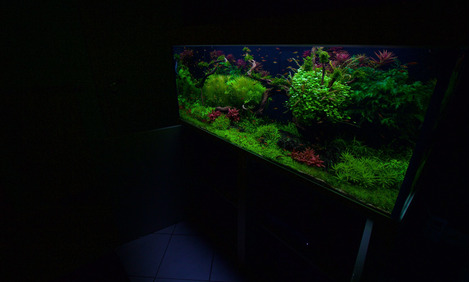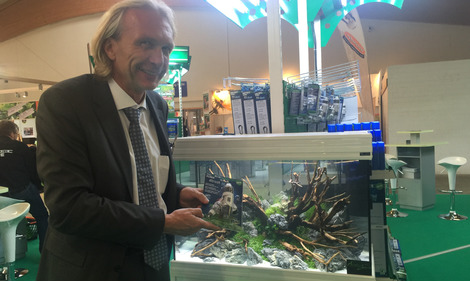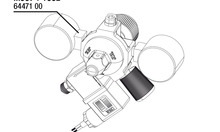Disposable or reusable CO2 cylinder?
There are 2 different cylinder types: disposable cylinders that are disposed of and recycled after emptying and reusable cylinders that can be refilled again and again. Many pet shops and gas companies can carry out the refilling. If you, for example, live in a region where refilling is a problem, the disposable cylinder would be an alternative. Should the refilling situation improve, you can always convert the disposable pressure reducer into a reusable pressure reducer in 2 minutes by unscrewing the adapter (JBL PROFLORA ADAPT u-m). Aquarists who live on islands, for example, are sometimes not allowed to transport filled reusable cylinders on the ferry or plane. Disposable cylinders are then sometimes allowed!
The size of the cylinder often depends on the cabinet in which the CO2 storage cylinder is to be placed: A 500 g disposable bottle is only 31 cm high (plus pressure reducer = 37 cm), a 500 g reusable bottle with stand is already 43 cm high and a 2000 g bottle 45.5 cm high. Basically, of course, a larger cylinder is an advantage, because it simply needs to be replaced or refilled less frequently.
TÜV inspection of the CO2 cylinders:
All reusable CO2 cylinders must be inspected regularly, every 10 years, by the TÜV (at least in Germany). On the cylinder you will always find, but sometimes badly legibly, the date of the last TÜV inspection and sometimes the year of the next inspection.
JBL PROFLORA m2000 SILVER
Refillable storage cylinder with 2 kg CO2
PROFLORA CO2 CYLINDER 2000 M
- Ideal CO2 supply for fast and slow growing aquarium plants
- Easy to use and effective: refillable 2 kg reusable cylinder (thread W 21.8 x 1/14)
- Suitable for all CO2 systems. CO2 withdrawal with JBL m001 fitting or other pressure reducers with connection thread W 21.8x1/14
- TÜV tested, pressure cylinder with overpressure relief. Free-standing: cylinder cannot fall over, no stand required
- Package contents: refillable cylinder filled with 2 kg CO2, dimensions: 46 x 11.5 cm.
JBL PROFLORA m2000 SILVER
Properties
| Animal species: | Armored catfish, Arowana, Axolotl, Barbels, Bettas, Bichirs/reedfish, Blowfish, Catfish, Cichlids (South America), Clawed frogs, Clawed shrimps, Crayfish, Crustaceans, Danions, Discus, Dwarf crayfish, Dwarf shrimps, Flowerhorn, Gill maggots, Gobies, Goldfish, Gouramis, Guppy, Juvenile fish, Killifish, Livebearers, Loaches, Mussels, Newts, Panchaxes, Rainbowfish, Snails, Spiny eels, Tetra, Veiltails, blood parrot cichlids, freshwater butterflyfish |
| Animal size: | For all animal sizes |
| Animal age group: | All aquarium fish |
| Volume habitat: | 1,000 L |
| Material: | metal (steel) |
| Colour: | grey / silver |
| Transport conditions: | Protect from direct sunlight during storage and transport and ensure good ventilation. |
Electronic label / illuminant
| Mercury: | No |
| Dimmable: | No |
Technical Data
No, because this can lead to the destruction of your pressure reducer. To ensure safe operation, all storage cylinders should only be operated upright. Never operate them in a lying position or upside down.
The rapid drop in the cylinder pressure shortly before the end of the charge does not constitute grounds for complaint, and instead, is normal and unavoidable from a technical standpoint.
Reason: The cylinder is filled approximately halfway with liquid carbon dioxide. You remove gaseous CO₂ from the cylinder; the corresponding share of the liquid CO₂ passes to the gaseous phase; the pressure remains constant. It isn’t until less CO₂ passes from the liquid phase to the gaseous phase that the cylinder pressure begins to drop.
This means your system is functioning normally.
The connections on reusable CO₂ systems are generally standardised so that they can be used with other cylinders, with the exception of a few cases.
However please note the following restrictions. Some larger-sized cylinders are not approved for non-stop operation with pressure reducers and you will lose your warranty claim if you use such systems.
Please note two important points:
1) Cylinder: Reusable cylinders are TÜV tested and this is stamped on the cylinder. This test needs to be renewed every 10 years, with the bottom of the cylinder and the valve sealing and threaded joint being tested.
2) The carbon dioxide: Depending on its concentration, carbon dioxide is harmful in the air.
The respiratory rate and pulse rate increase at a carbon dioxide concentration of 3-5%. Other symptoms are headaches, discomfort and ringing in the ears. Carbon dioxide concentrations of 8-10% and more cause these symptoms to become more pronounced. This may lead to cramps, fainting, apnoea and death from suffocation.
One 500 g cylinder contains 500 g CO2. This is equal to 11.36 mol (chemical substance amount unit). One mol of a gaseous substance has a volume of 22.414 l under normal conditions (273.15 K, 101325 Pa), so that 500 g of CO2 result in a volume of 254.7 l. CO2 is heavier than air, so that it collects on the ground. This corresponds to a CO2 height level in the range of 12.735 mm = 1.27 cm for a room of 20 m². If it is mixed completely with the air in a room of 20 m² and a height of 2.5 m (corresponds to 50,000 l), this corresponds to a maximum gas concentration of 0.5 volume %, which is well below the dangerous level.
The cylinder pressure of 50 – 60 bar, depending on the room temperature, remains constant until the cylinder is almost completely empty. The easiest method is to weigh your CO2 cylinder incl. bracket when it is completely empty. This way you will know the exact tare weight of your CO2 cylinder with its attachment parts at any time. If you forget it you can read the tare weight on the CO2 cylinder (stamp marking at the neck of the cylinder) and add 0.5 kg for the safety bracket. A full m500 CO2 cylinder with security bracket weighs according to that tare + 1 kg (0.5 kg bracket + 0.5 kg filling) – a m2000 tare + 2.5 kg (0.5 kg bracket + 2 kg filling).
Reviews
0 Reviews
Show another review in another languages
A review in another language
Ottima fattura, la protezione della valvola in acciaio è molto utile ma soprattutto bella da vedere! Un surplus è la bombola già carica, cosa che molti non fanno. Dimensioni contenute, si adatta a qualsiasi mobile in commercio.




